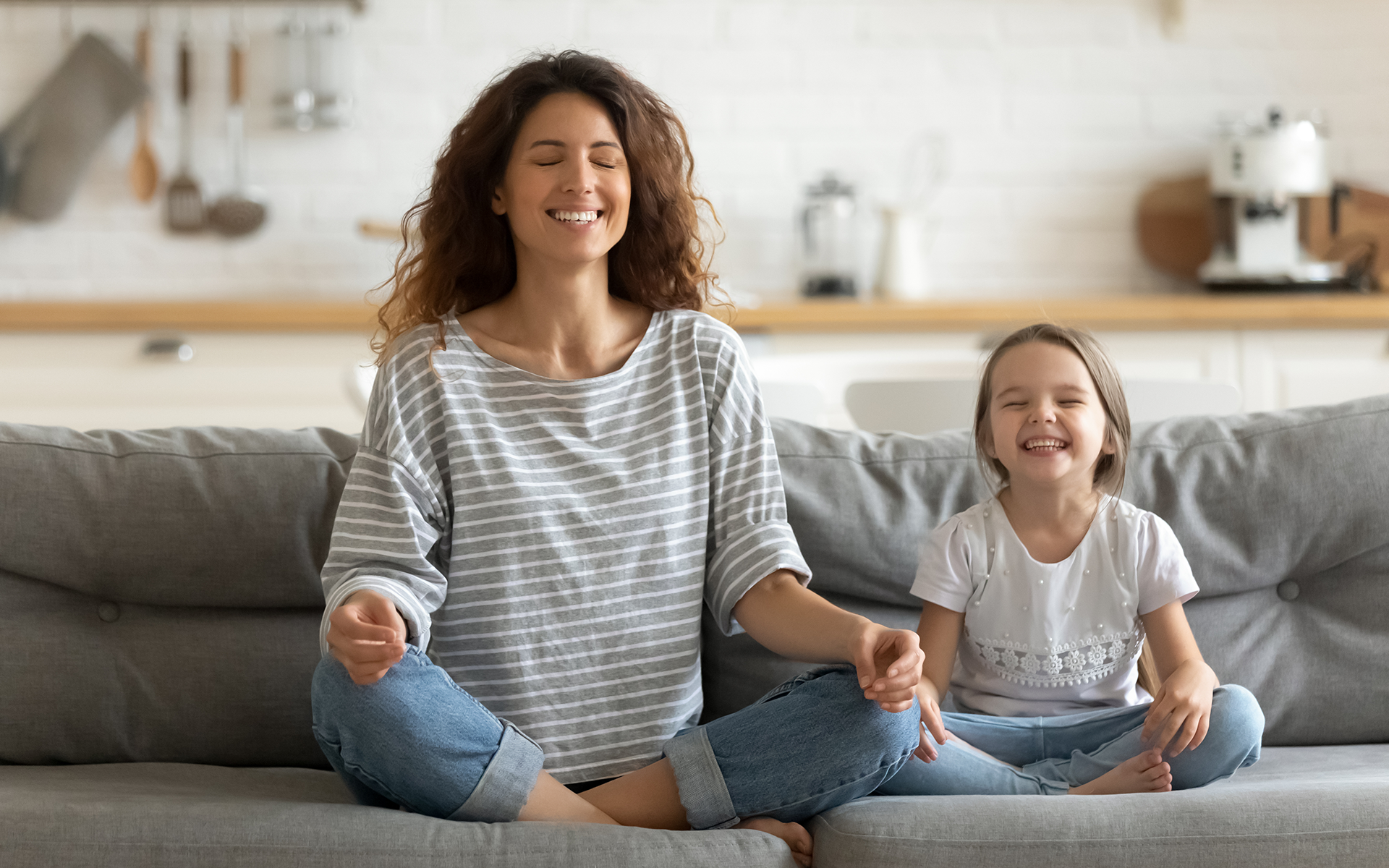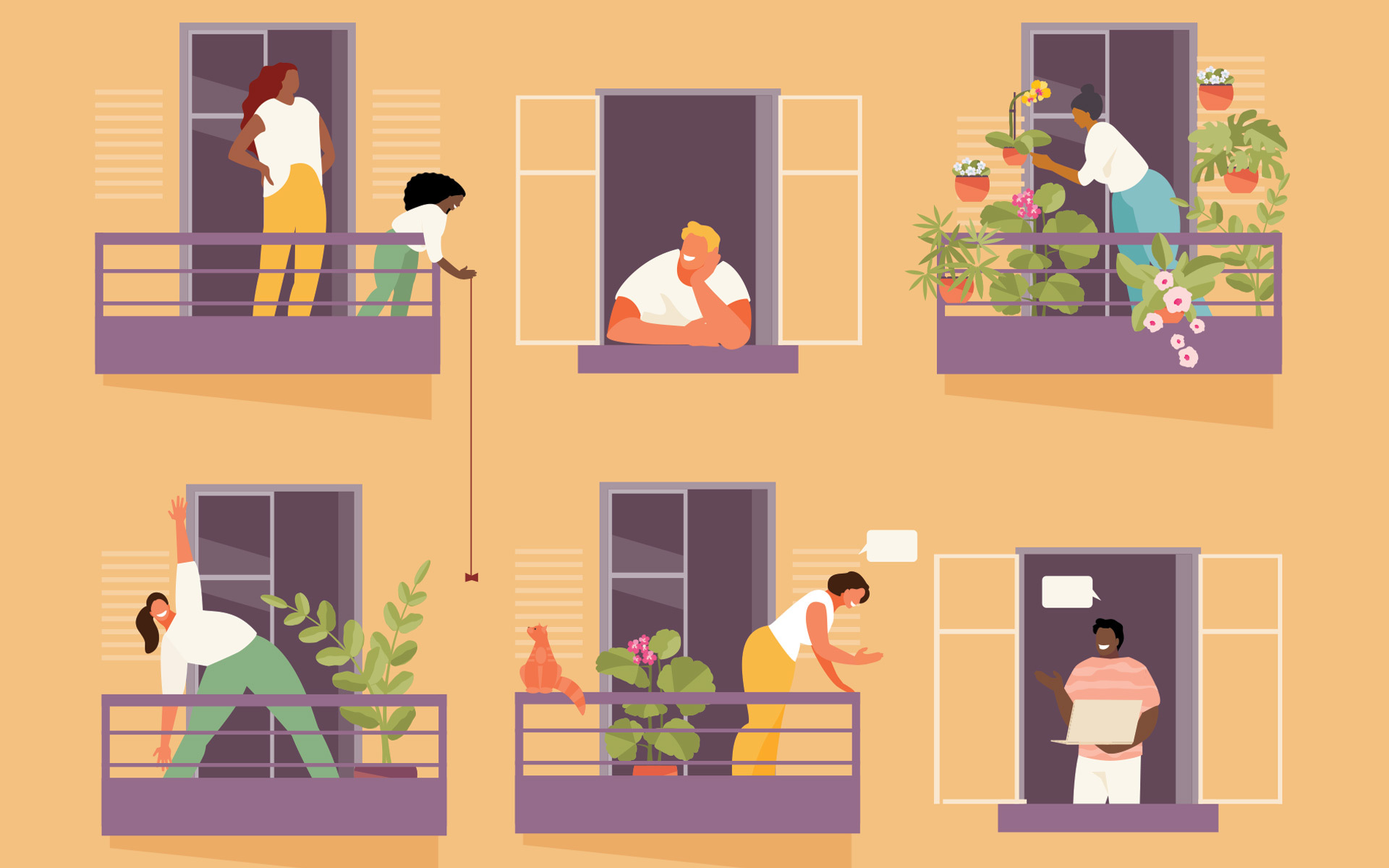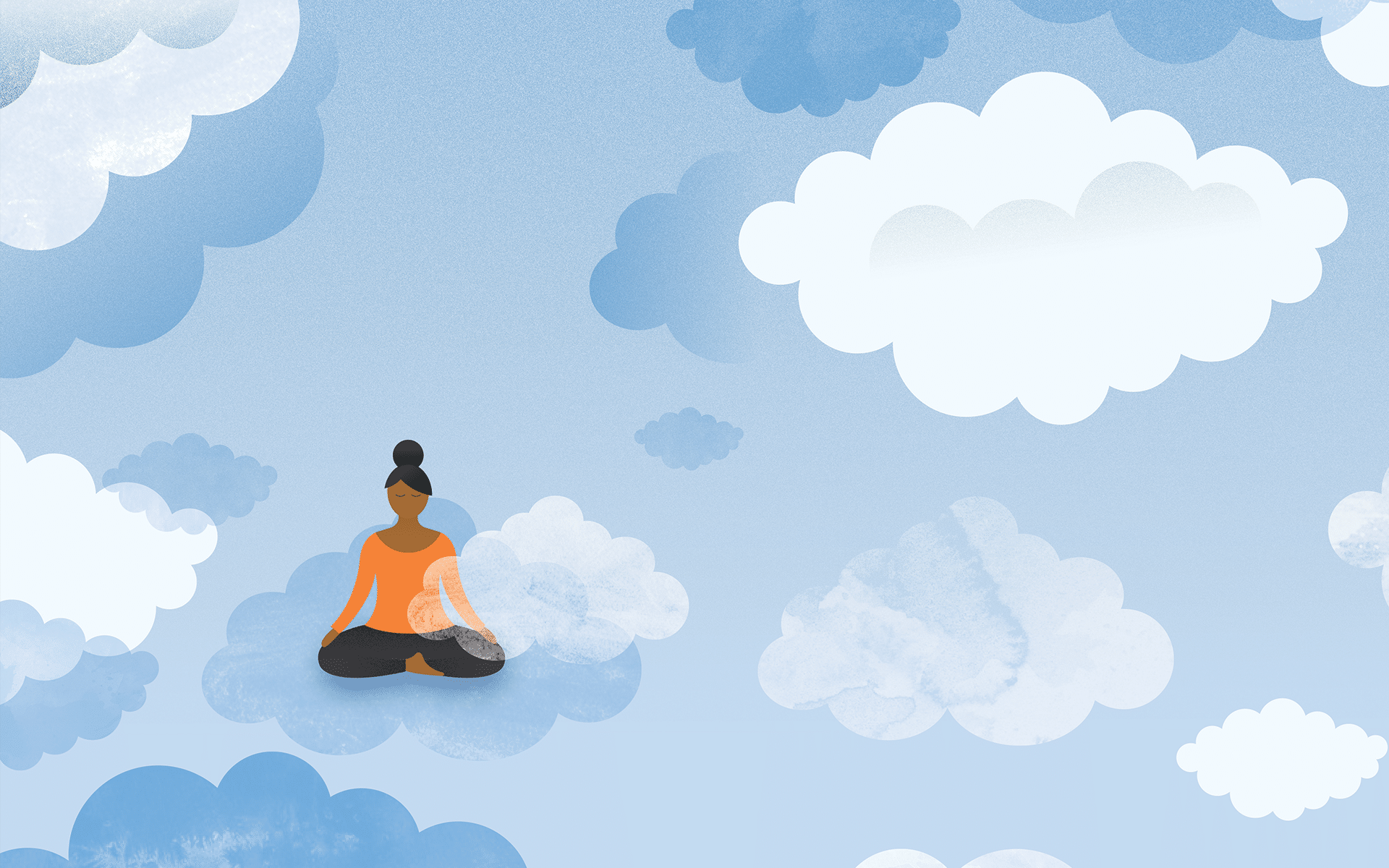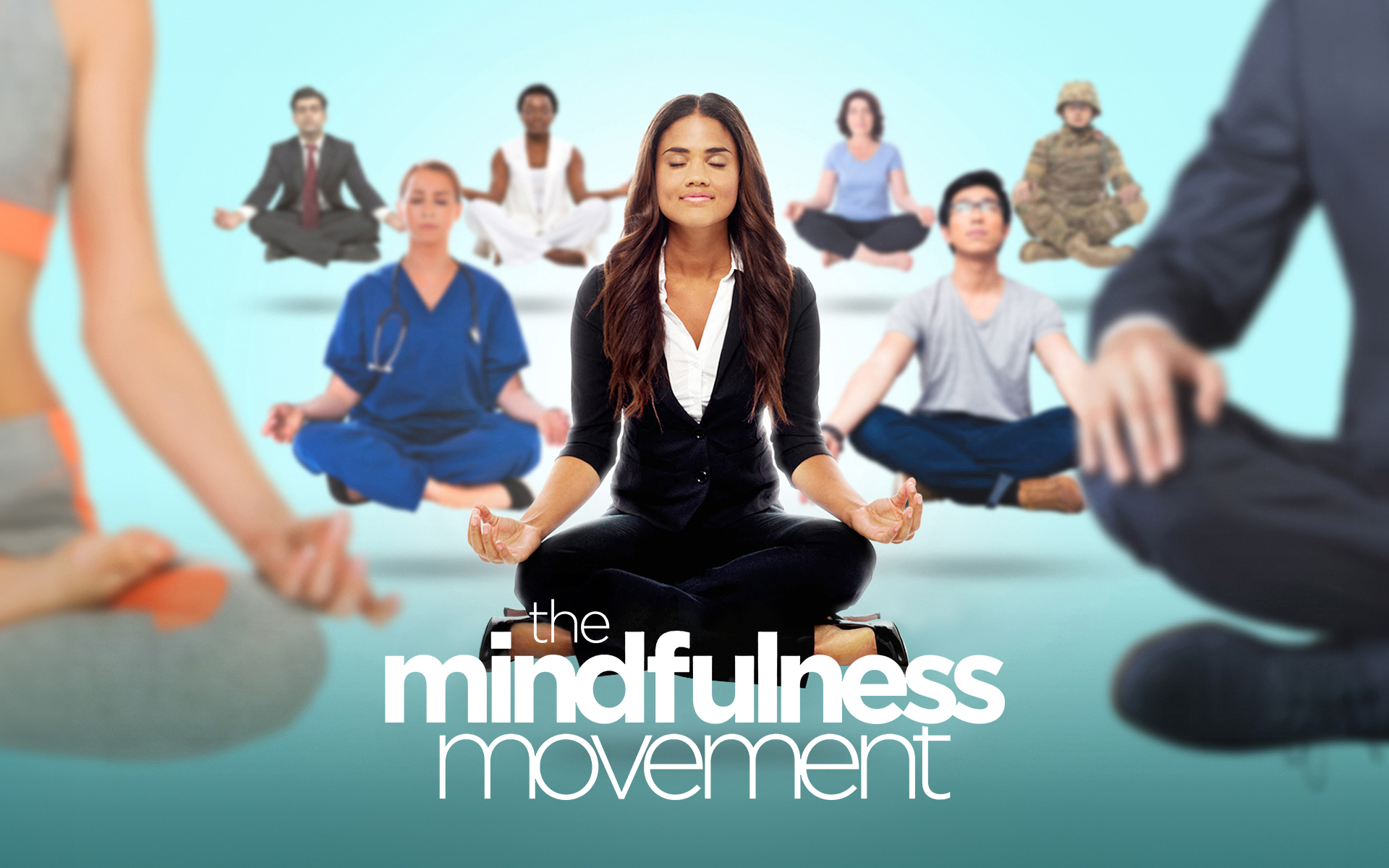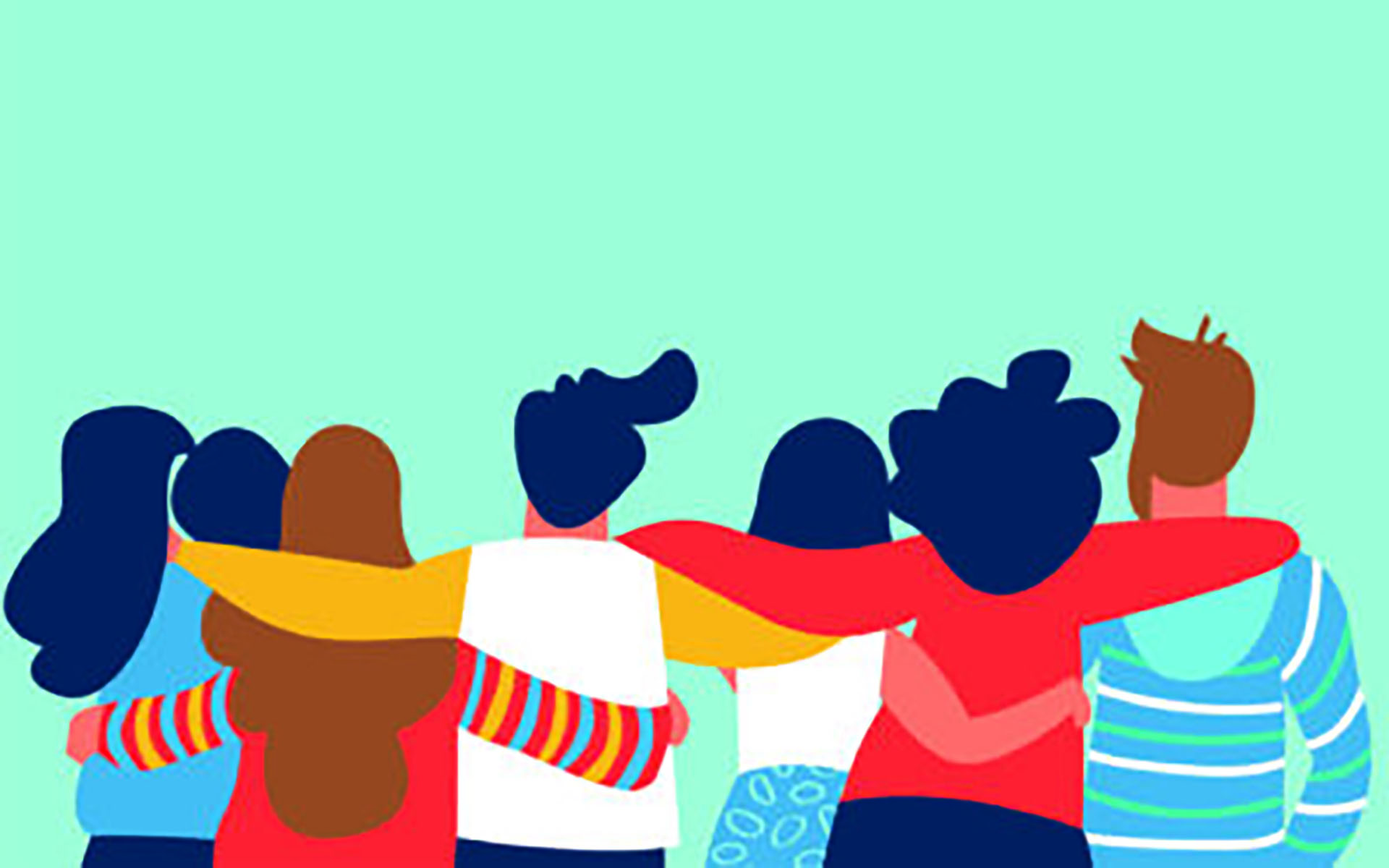Mindfulness—where does it come from? Naturally, we hear this question a lot. We’ve addressed it on several occasions, including in a piece now online called “5 Things People Get Wrong about Mindfulness,” but it’s helpful to address core questions like this again and again. There is no final answer, no last word on the matter.
The many mindfulness teachers and advocates who encouraged us to start Mindful—and whom we represent in everything we do—believe mindfulness is an inherent human capability that belongs to anyone irrespective of race, creed, gender, you name it. It is our birthright.
What is it exactly?
Since it’s a quality of mind, it’s not easy (or even desirable) to have a single, agreed-upon-by-everybody, one-size-fits-all definition. Mindful’s definition says that mindfulness is the basic human ability to be fully present, aware of where we are and what we’re doing, and not overly reactive or overwhelmed by what’s going on around us. Mindfulness also refers to the cultivation of this basic human ability through methods, including meditation, mindful movement, mindful eating, and others. We call this “mindfulness practice” to distinguish it from the basic ability.
Mindfulness is the basic human ability to be fully present, aware of where we are and what we’re doing, and not overly reactive or overwhelmed by what’s going on around us.
Like many meditation teachers, we share the understanding that as our mindfulness is enhanced, it also arouses our connection to others—our kindness and compassion. And we can engage in practices to enhance these qualities as well. Mindful also takes a public health perspective as opposed to a popular self-help approach—thinking in terms of the overall health and well-being of communities, not simply helping a person here or there.
Concerning the question raised at the top—Where does it come from?—we can say the inherent human ability is our evolutionary inheritance, and the practices are our social inheritance, and they come from a variety of sources. The Buddhist tradition is the place where the largest number of explicit mindfulness traditions were practiced, but it seems certain that these practices predated Buddhism and were not necessarily religious in nature. There are similar practices in other traditions throughout the world, and many great Buddhist teachers—East and West—including the Dalai Lama, Thich Nhat Hanh, Pema Chödrön, Sharon Salzberg, and others have affirmed that mindfulness and compassion can be cultivated outside of Buddhism or any religious context. If practices are helpful to people and increase their well-being, then by all means let’s practice them, from whatever tradition, whatever name they go by. We pay great respect to Buddhism and to all traditions of wisdom, and we also know that to reduce the pain in the world, we need practices that work and that can be practiced in the public square—where no one’s beliefs are given privilege.
We have seen the great benefit mindfulness can do when unleashed in public settings, in high schools in Oregon, in libraries in Los Angeles, in juvenile halls in Oakland, in grade schools in Baltimore, in hospitals in Boston, in hundreds of places. When someone’s life opens up for them, or is even saved, what we call it doesn’t matter much, but if you need a word, mindfulness is as good as any other.
This article appeared in the August 2018 issue of Mindful magazine.
read more
How to Sit in Meditation for Beginners
There’s no one-size-fits-all approach to finding the best meditation posture and seating arrangement for you—it takes time to familiarize yourself with your body and what it needs.
Read More
10 Mindfulness Tips for Every Day
It can sometimes be difficult to take the time out of a busy day to meditate. Author and mindfulness coach Keith Fiveson offers some small ways to bring mindfulness into the things you’re already doing.
Read More
A User’s Guide to a Journey Called Mindfulness
Mindfulness meditation is not a one-time thing. You do it again and again. As you keep doing it, a variety of challenges emerge. Here’s some advice for traveling the path of meditation.
Read More

